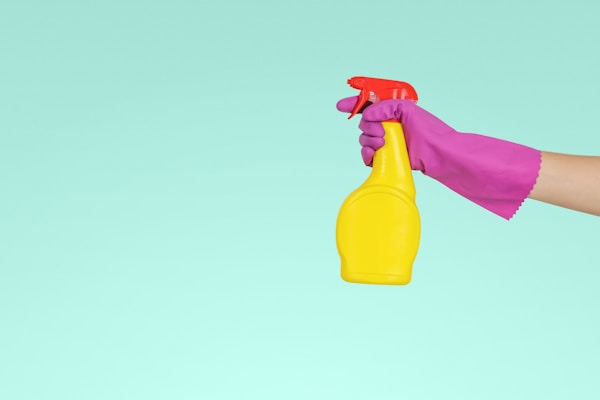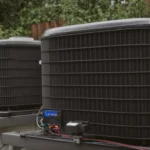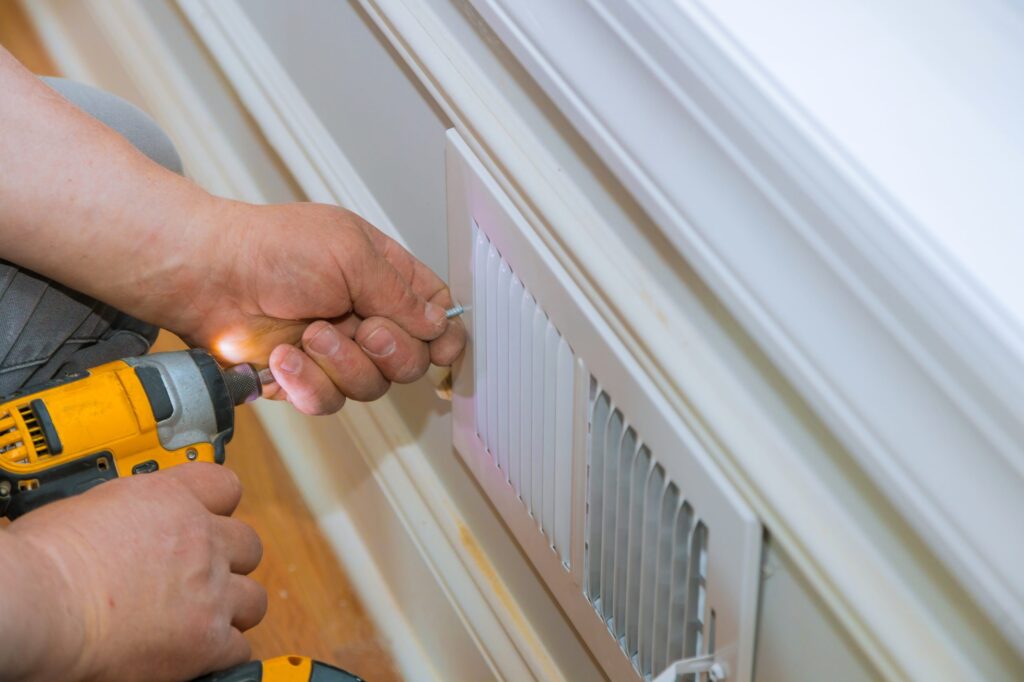The air vents in your home play an important role in your overall quality of life. They circulate fresh air throughout your home and help to remove pollutants and stale air. If your air vents are dirty, it can impact your comfort and health. Dirty air vents can cause your furnace or air conditioner to work harder than necessary, which can lead to higher energy costs. They can also cause your system to break down prematurely. It’s essential to take good care of your HVAC system, but many homeowners don’t know how to do so. If you’re in need of advice, keep reading to find out how to clean your air vents.
How can you clean your air vents?

Air vents can become dirty over time, as they collect dust and debris. Cleaning your air vents can improve the quality of the air in your home, and it can also help improve your HVAC system’s performance. One of the best ways to keep your home comfortable and clean is by scheduling regular HVAC maintenance. During a typical maintenance appointment, your technician will inspect your system for any potential problems and make necessary repairs. They will also clean your air vents to improve airflow and prevent dust and dirt from building up.
If you need to clean your air conditioner between maintenance appointments, you should first remove any large objects or furniture that may be blocking them. You can then use a vacuum cleaner with the hose attachment to remove any dust or debris from the vents. If there is any caked-on dirt or grease, you can use a degreasing agent (such as dish soap) to help loosen it up. Finally, use a wet cloth to wipe down the vents and dry them off.
If you want to keep your system in good working order, prioritize regular maintenance. Your filters should be changed at least once every 90 days, though many homeowners opt to change theirs on a monthly basis. The unit should be inspected by a technician at least once per year, so you can catch any irregularities before they cause a breakdown.
What else can you do to improve indoor air quality?

You should avoid using products that contain VOCs if you want to improve indoor air quality. Volatile organic compounds (VOCs) are emitted as gases from certain solids or liquids. Some common sources of VOCs in the home include paints, lacquers, cleaning supplies, pesticides, furnishings, and building materials. Long-term exposure to high levels of VOCs can cause health problems, such as eye, nose, and throat irritation; headaches; nausea; and damage to the liver, kidneys, and central nervous system. Opt for products with little or no VOCs, such as unscented paints and cleaning supplies.
An air purifier can make a big difference in your indoor air quality. Air purifiers can remove harmful pollutants from the air, making it easier for you to breathe. They can also reduce the spread of germs and allergens, which can lead to improved overall health. Air purifiers come in a variety of sizes, so you’ll need to choose one that’s right for your home or office. Decide on a budget before you start shopping, as air purifiers can vary in price from a few hundred dollars to several thousand dollars.
Your HVAC system is one of the most integral pieces of equipment in your home. Not only does it keep you comfortable all year long, but it also helps to keep your indoor air quality high. That’s why you need to take care of your HVAC system and make sure that it’s running as efficiently as possible. That includes keeping your air vents clean. Regular maintenance appointments will ensure that a technician cleans every part of your HVAC system and repairs any issues that arise so they don’t worsen or cause a breakdown. Follow this advice and your HVAC will keep your home comfortable all year long.





